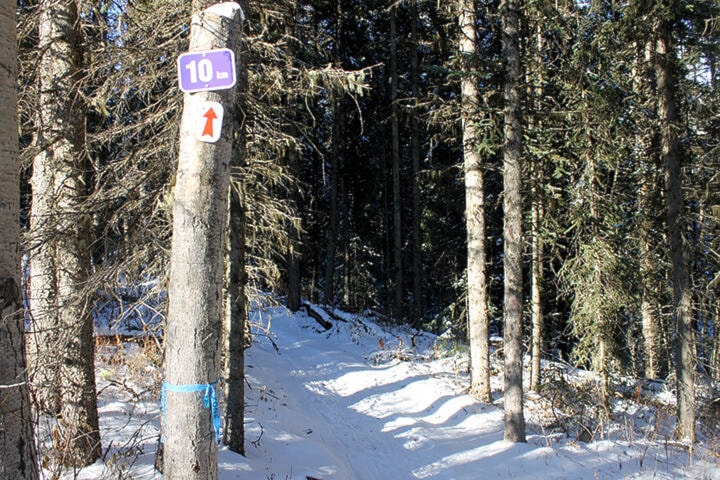The Regional District of Bulkley-Nechako (RDBN) board of directors approved a new parks and trail inspection and maintenance policy during a Nov. 18 board meeting.
The policy outlines inspection, maintenance, and documentation procedures for RDBN parks and trails for the purposes of establishing a consistent standard for their physical condition that is reasonable and developed in consideration of the RDBN’s limited fiscal and staffing capacity.
It is stated in an RDBN document that inspections will include a walk-through of only the areas developed for recreation use such as driveways, parking areas, trails, and active recreation areas. The inspections do not include areas not developed for active recreation use.
The RDBN’s parks and trails are not to be maintained for winter use. Each park and trail will be inspected at least once every year once snow has melted and frost is out of the ground.
Furthermore, inspections for hazard trees will only include trees located within striking distance of a driveway, parking area, trail, or other area developed as an active recreation area.
In terms of maintenance, according to the document, it will be divided into two categories; Routine maintenance refers to the regular activities undertaken to care for a site, and includes litter pickup, cleaning bathrooms, and grass cutting. Remedial maintenance refers to correcting significant defects as well as repairing, replacing, restoring, or upgrading major components that have been destroyed, damaged or significantly deteriorated.
The policy also states that in high priority maintenance issues, the RDBN will erect a barrier, cordon off the hazard, or erect a warning sign within five days. The hazard will be removed or mitigated within 30 days. This sparked a lengthy debate during the board meeting.
Directors were split on whether to lower the time frame to erect a warning sign in those instances from five days to three, to ensure the safety of individuals in a more timely matter. Ultimately though, it was decided that the policy remain as written, due to the fact that having five days in writing as opposed to three provides the RDBN with liability protection in case a sign can’t be put up in time for any reason.
It was noted however, that each situation will be dealt with according to severity, and in cases where immediate action is required, it will be pursued.
The question also came up as to who will be carrying out the policy, and whether the RDBN will need to hire people to do so.According to RDBN Director of Planning Jason Llewellyn, it will depend on the site in question. In some instances, contractors will be brought in to carry out the work, and in others it will be done by RDBN staff.
